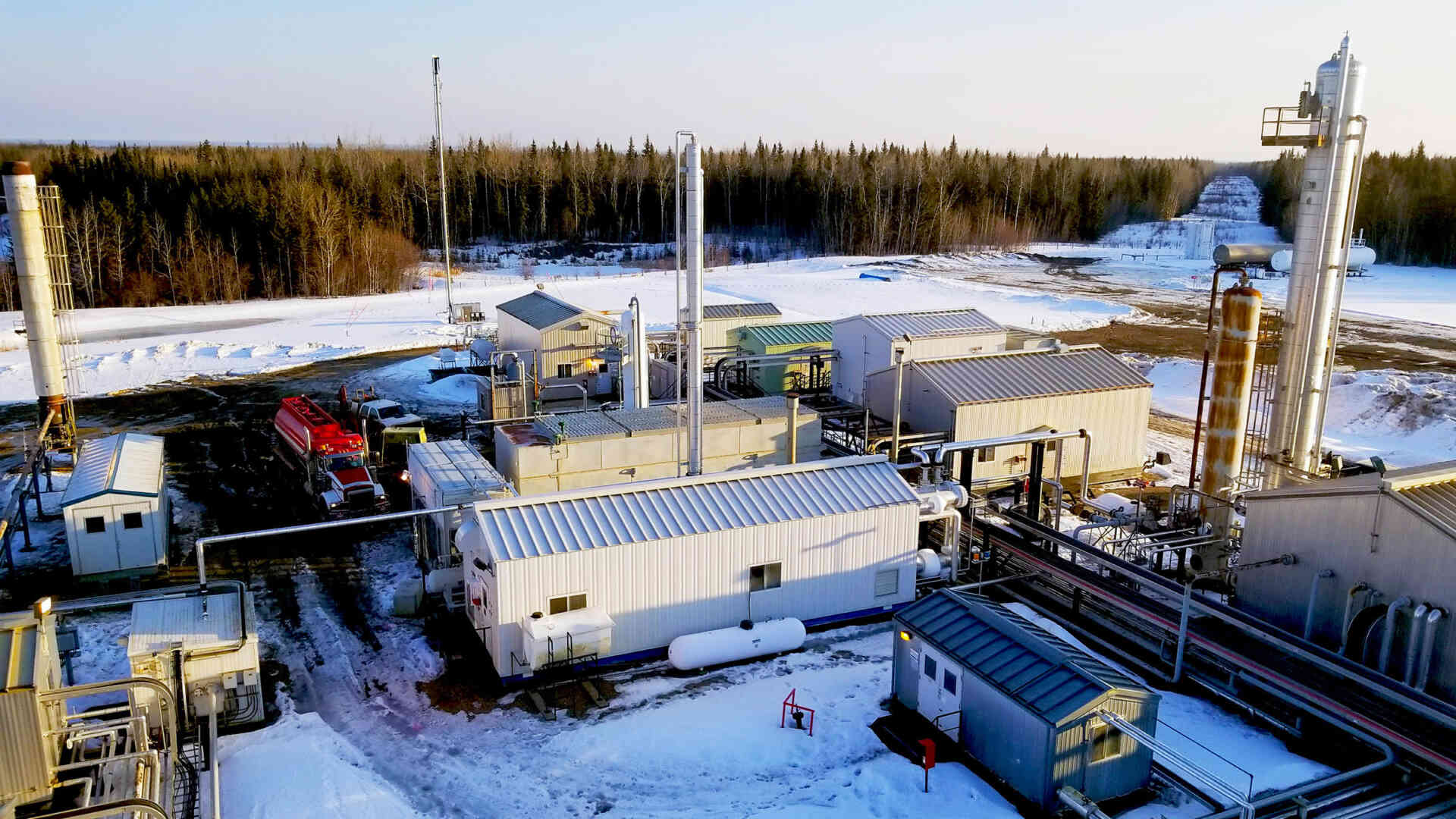Navigating Precision and Compliance: Your Pathway to Operational Excellence
Intricate provides comprehensive measurement and reporting consulting services that help organizations maintain compliancy and uncover savings through improved accuracy and efficiency. Transforming regulatory challenges into strategic opportunities, our approach ensures projects not only meet but exceed industry standards.
Aligning with provincial regulations in Alberta, British Columbia, and Saskatchewan, we optimize operations for accuracy and efficiency.
- EPAP, Program Development, and Assessment Declarations
- Fuel Flare Vent Implementation and Management
- Measurement, Accounting, and Reporting Plans (MARP)
- Measurement Reviews, Audits, and Exemptions
- Measurement Schematics and Drafting
- Maintenance Program Optimization

Enhanced Production Audit Program (EPAP)
Intricate’s EPAP services leverage our years of experience and expertise to ensure full regulatory compliance while reducing costs. By seamlessly integrating audit processes into your operations, we simplify compliance management and protect against potential penalties.
Intricate brings years of experience in the development and implementation of industry-based EPAP and measurement integrity programs. We align with provincial regulations in Alberta, British Columbia, and Saskatchewan, optimizing operations for accuracy and efficiency.
Our team has an excellent working knowledge of AER/SMER, Directive 017, and Directive 076, and we are committed to creating long-term value for our clients.
Our consulting services are designed to assist and fully support operations in meeting EPAP directive regulations:
- Controls and evaluation of controls
- Declarations
- Compliance assessment
- Action items
Measurement, regulatory, and reporting services provide financial analysis, regulatory compliance, volumetric reporting, and data integrity to establish corporate-level baselines and coordinate findings with regulatory government programs. With a focus on simplifying the complex regulatory environment, Intricate helps clients comply with regulations while maintaining operational efficiency.

Measurement Accounting Reporting Plan (MARP)
Intricate brings years of experience in the development and implementation of industry based measurement, accounting, and reporting plans. Directive 042 sets out submission requirements and processes that energy companies operating in Alberta must follow. Our consulting team fully supports operations to ensure that all aspects of production, measurement, accounting, and reporting are in compliance with the AER’s submission requirements and industry standards.

Drafting and Drawing Services
At Intricate, our in-house drafting and drawing team provides a comprehensive, single-source solution that includes redlining, drafting, and document control. We follow a proven project management methodology, delivering practical solutions that meet clients’ drafting needs while ensuring compliance with regulatory standards. Leveraging our experience, we help reduce costs, speed up turnaround times, and improve drawing accuracy.
To support our clients’ long-term needs, our technical team offers a robust drawing maintenance plan. This service ensures that critical documentation remains up-to-date and easily accessible. We manage the creation, storage, organization, tracking, and distribution of documents, so clients always have access to the most current versions.
Drafting and drawing maintenance services include:
By adopting a sustainable approach to drafting and drawing maintenance, we ensure engineering integrity, minimize costly as-built drawing revisions, and design efficient maintenance programs.